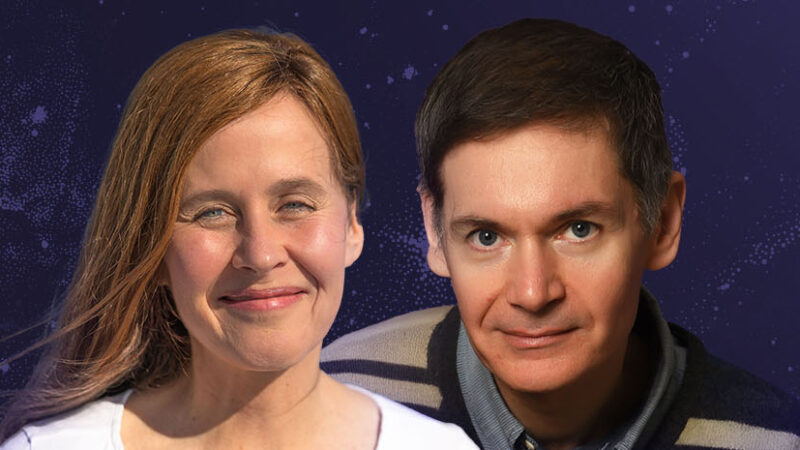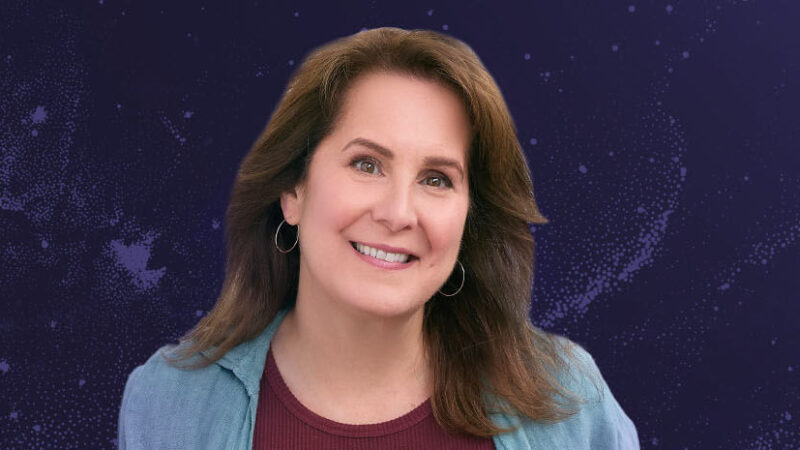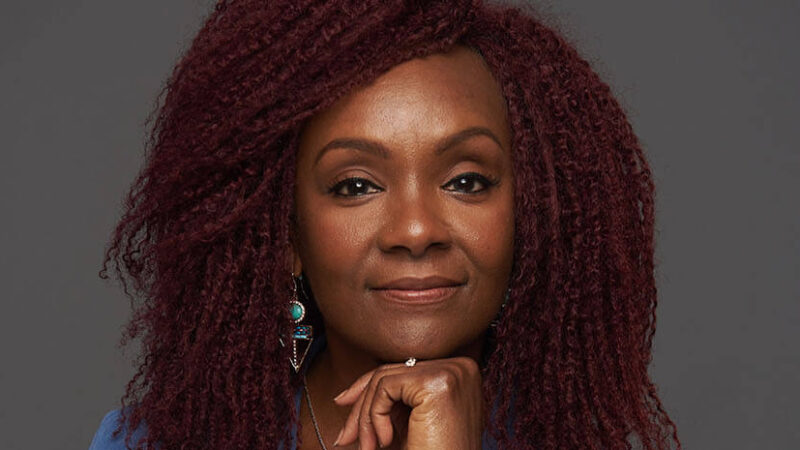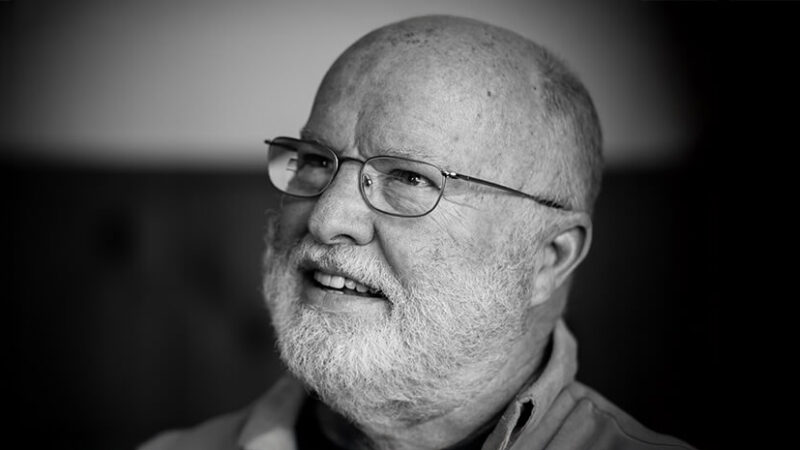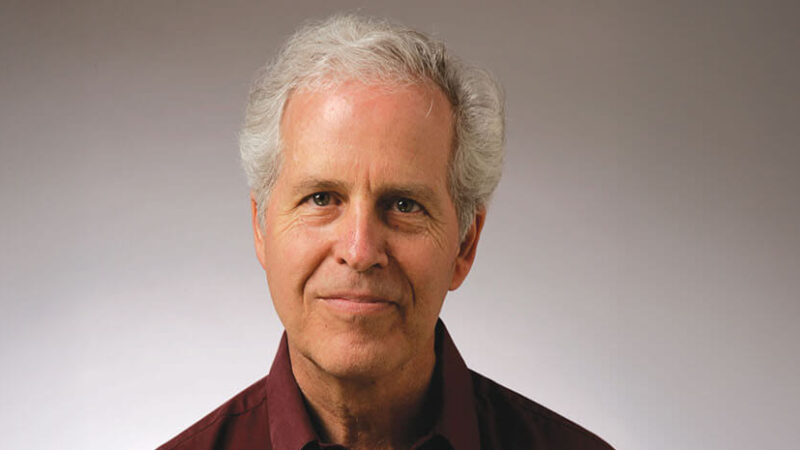Honoring an Irreducible Truth in Ferguson
During this morning’s run, I was talking with my friend about the fear and frustration we’d both been feeling about Ferguson, Missouri, among other places. What can we do? we asked each other. If it came down to it, would we be able to stand against the so-called authorities armed with tear gas, guns, and hoses?
I told my friend about the only time I’d come close to anything like it. The KKK was marching in a little town a few miles east of my college campus, and a small group of us organized ourselves in protest. We brought in advisors to teach us how to remain calm in crisis. We knew our history; we’d seen the footage; we were afraid. We also knew that remaining silent wasn’t an option. We boarded the bus in silence, and when we got there, we linked arms and lined the street peacefully, waiting for the hate group to come streaming up the road. It was summer then, but I remember feeling a chill that raised gooseflesh on my arms.
A few minutes later a pathetic bunch of ragtag malcontents rounded the corner—the odd skinhead here, old grizzled men there, and bored teen goths sprinkled in—all spewing the tired epithets we’d heard before: “____ go home… .”
After our protest, we boarded the bus and headed back toward campus.
Once returned to the relative safety of familiar surroundings, we’d talk about how sad the hate group looked. Their outfits didn’t even match! we’d laugh. They weren’t even marching in step together! Weren’t they supposed to be organized better than that?
But this morning, we weren’t laughing.
Every time events like these erupt, I wonder what there is to do about it. Up to this point, I’ve signed petitions, I’ve written essays and articles, made calls, protested, volunteered, minded my business, went back to bed, wrung my hands, paced the floors, pumped my fists, prayed, held loved ones close, fundraised, danced, run, sung, and sweated for the cause. I’ve cried, fretted, and did it all again. And I’ll keep on doing it.
I recently turned to a memorial delivered by Dr. Howard Thurman in the aftermath of Dr. King’s murder. I was searching for words to articulate the frustration, pain and loss of another senseless killing and the ongoing struggle for equality and peace for so many in America. The Living Wisdom of Howard Thurman remains painfully, powerfully, resonant today:
Tonight there is a vast temptation to strike out in pain, horror, and anger. Riding just under the surface, all the pent up fury, the accumulation of a generation’s cruelty and brutality. A way must be found to honor our feeling without dishonoring him whose sudden and meaningless end has called him forth. May we harness the energy of our bitterness and make it available to the unfinished work which Martin has left behind. It may be—it just may be—that what he was unable to bring to pass in his life, can be achieved by the act of his dying. For this there is eloquent precedence in human history. He was killed in one sense because mankind is not human yet. May he live because all of us in America are closer to becoming human than we ever were before.
I wish I could tell you of the tremendous love and worry I feel for my brothers, for my beautiful nephews, especially, and for the precious children of my friends.
Today, I’m open to new ideas—to whatever helps me keep my heart open, my love alive. It’s an imperative for me because I am the beneficiary of an irreducible truth, which is this: love is all there is.



